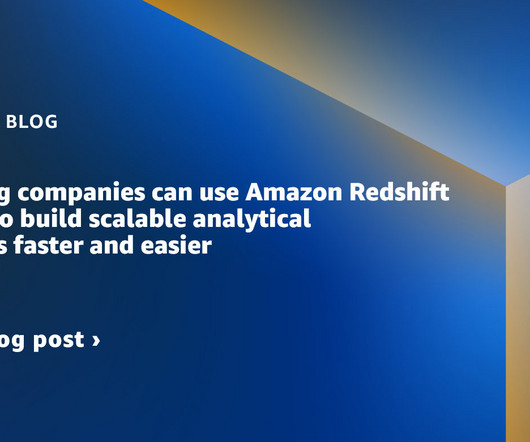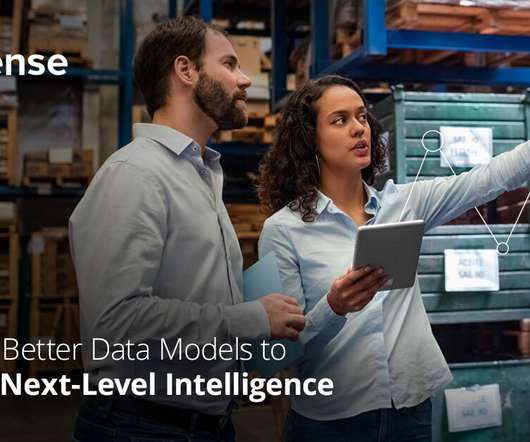How gaming companies can use Amazon Redshift Serverless to build scalable analytical applications faster and easier
AWS Big Data
MARCH 7, 2023
This post also discusses the art of the possible with newer innovations in AWS services around streaming, machine learning (ML), data sharing, and serverless capabilities. A data hub contains data at multiple levels of granularity and is often not integrated. Data repositories represent the hub.














Let's personalize your content